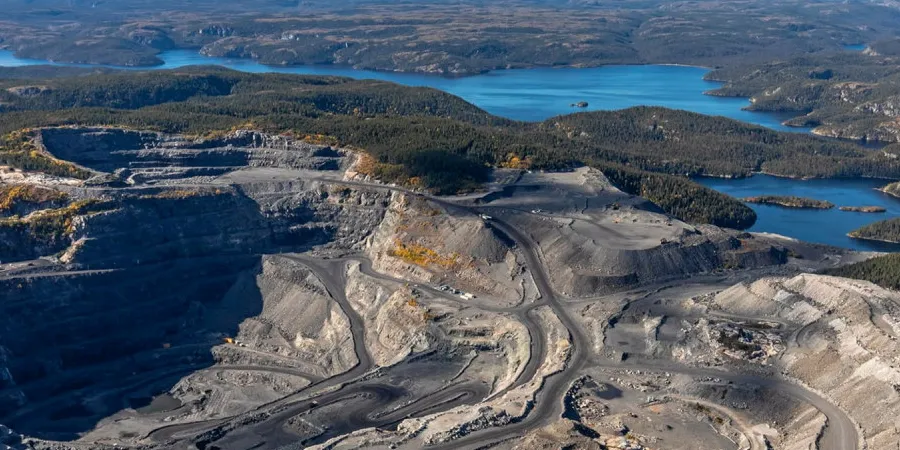Novel Bill Gates-backed solar technology to be piloted to green giant US Rio Tinto mine
Start-up Heliogen's concentrating solar power concept is slated to be scaled up to meet 24% of total electricity demand at borax mine in California, US

International mining and metals giant Rio Tinto has signed an memorandum of understanding (MOU) with Bill Gates-backed renewable energy outfit Heliogen to explore using an innovative concentrating solar power (CSP) concept to supply electricity to the largest borax mine in the world.
Green is the new black. Subscribe to Accelerate
Get the market insight you need into the global oil & gas industry's energy transition – from the new newsletter from Upstream and Recharge. Sign up here
The MOU will see Heliogen’s technology, which uses an artificial intelligence-driven control system to operate an array of mirrored heliostats that will be employed to generate ultra-high temperature heat that can be used or stored, to meet 7% of power demand at Rio Tinto’s facility in Boron, California.
The two companies said in a statement they would now begin “detailed planning and securing government permits for the project”, with an eye on switch-on of the CSP array in 2022 and expanding it to cover 24% of total electricity demand at the facility.
Rio Tinto CEO Jakob Stausholm said: “This partnership with Heliogen has the potential to significantly reduce our emissions at Boron by using this ground-breaking solar technology, and we look forward to exploring opportunities across our global portfolio.
“Addressing climate change effectively will require businesses, governments and society to work together through partnerships like this one, to explore innovative new solutions throughout the entire value chain,” he added, noting that Rio Tinto was “committed to spending approximately $1bn on emissions reduction initiatives through to 2025”.
Heliogen CEO Bill Gross said: “Heliogen has been laser-focused on decarbonising industrial sectors, including mining... so this agreement with Rio Tinto is incredibly gratifying.
The Boron mine will serve as a pilot for using the solar technology on Rio Tinto’s other operations around the world to supply process heat, which accounted for 14% of Scope 1 & 2 emissions from its managed operations last year.
Rio Tinto said that while it had reduced its carbon footprint “by over 30% in the decade to 2020”, it targeted reduction of absolute emissions by 15% and emissions intensity by 30%, relative to 2018, by 2030.
“These targets are consistent with a 45% reduction in absolute emissions, relative to 2010 levels, and the Intergovernmental Panel on Climate Change (IPCC) pathways to 1.5°C,” said the company.
(Copyright)